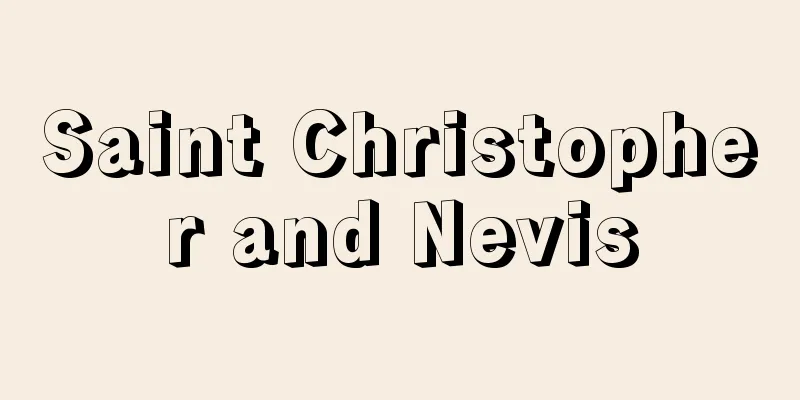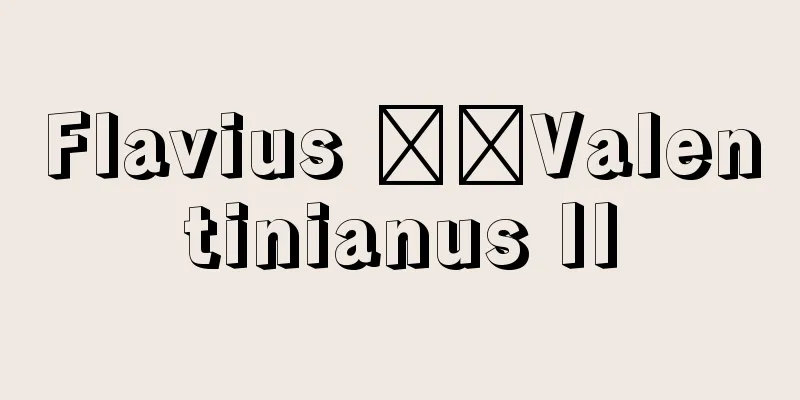pous

|
...There are two types of notation: instrumental notation using an old alphabet called the Phoenician alphabet, and vocal notation using the classical Greek alphabet. It was a kind of tablature. The rhythm was called the same as the foot of poetry (pous), and the basics were dactyl (2 beats), iambic (3 beats), and paion (5 beats). [Katagiri Isao] *Some terminology explanations that mention "pous" are listed below. Source | Heibonsha World Encyclopedia 2nd Edition | Information |
|
…その記譜法にはフェニキア文字といわれる古いアルファベットを用いた器楽記譜法と古典的なギリシアのアルファベットを用いた声楽記譜法の2種類あり,一種のタブラチュア譜であった。またリズムは詩の韻脚(プースpous)と同一名でよばれるが,ダクテュロス(2拍子系),イアンボス(3拍子系),パイオン(5拍子系)が基本であった。【片桐 功】 ※「pous」について言及している用語解説の一部を掲載しています。 出典|株式会社平凡社世界大百科事典 第2版について | 情報 |
<<: "Le Pour et Contre" (English: Le Pour et Contre)
>>: Poussin, C. de la V. (English spelling) PoussinCdelaV
Recommend
Sungkyunkwan (English spelling)
A representative facility for Korean Confucian edu...
Iglesia Ni Cristo (English spelling) [Tagalog]
A Christian church founded in the Philippines on J...
salad bowl
...The term was popularized from the drama of the...
Shichitoui - Shichitoui
A perennial plant of the Cyperaceae family (APG c...
Singora
…Population: 243,000 (1990). English name: Singor...
Hair sting - Kamizashi
...A type of hair ornament. The origin of the wor...
Pottinger, H.
…It is also called the Treaty of Jiangning. On Au...
Commercial theatre
Theater is a corporate performance whose main purp...
Abu Grab - Abu Grab
...During the Fifth Dynasty, several sun temples ...
Vital staining - Seitai Senshoku
It refers to staining parts of living tissues, or...
Kanganha - Kanganha
…Yoshitada’s achievements include large-scale civ...
Clog almanac (English spelling)
…Government agencies and academic societies may c...
Protecting the Nation - Chingokokka
Based on Buddhist doctrine, the idea that Buddhas...
Couper, AS (English name) CouperAS
...E. Frankland recognized the generality of this...
Law of conservation of momentum
This law states that when no external forces are a...





![Akita [city] - Akita](/upload/images/67cad15990ad7.webp)



